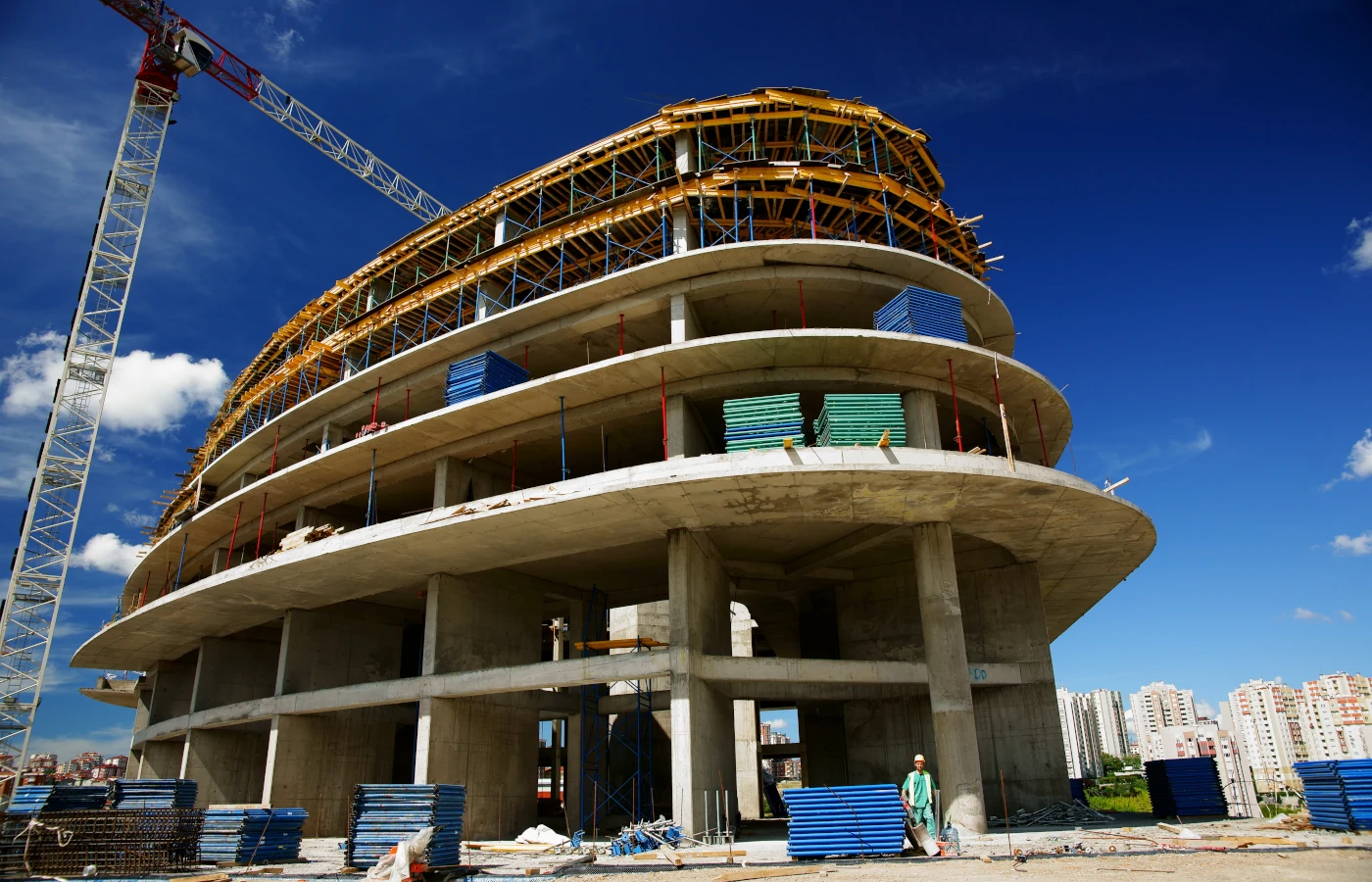In the construction industry, having a reliable source of power is crucial. Generators play an essential role in powering tools, machinery, and onsite offices. However, selecting and managing these powerhouses requires careful consideration. This comprehensive guide will provide insights into choosing the right generator for your construction site and managing it effectively for optimal performance.
Understanding Your Power Needs
Before selecting a construction site generator, it’s crucial to understand your power needs. This step involves identifying all the tools and equipment that will be powered by the generator and calculating their combined wattage. Don’t forget to account for starting wattage, which is higher than running wattage for many tools and appliances. It’s generally recommended to choose a generator with a capacity that exceeds your calculated needs by about 20% to account for future needs and prevent overloading.
Types of Generators for Construction Sites
Generators for construction sites typically fall into two categories: portable and towable.
- Portable Generators: These are lightweight, compact, and designed for mobility. They’re suitable for powering small tools and equipment.
- Towable Generators: These are larger and provide more power. They’re ideal for powering heavy machinery or multiple tools simultaneously.
Fuel Type
Generators are typically powered by gasoline, diesel, propane, or natural gas. Diesel generators are often preferred on construction sites due to their durability, fuel-efficiency, and longer runtime. However, the choice of fuel type depends on factors like availability, storage safety, and environmental considerations.
Generator Features
Look for features that will enhance the generator’s usability and safety on a construction site. These might include:
- Multiple Outlets: To power various tools and equipment simultaneously.
- Electric Start: For easy and quick startup.
- Fuel Gauge and Hour Meter: To monitor fuel levels and maintenance schedule.
- Automatic Shutdown: To protect the generator from damage due to low oil pressure or overload.
- Weatherproof Cover: To protect the generator from harsh weather conditions.
Noise Level
Construction site generators can be quite loud, which can be a problem in residential areas or during night-time work. Look for generators with noise-reducing features or consider using a generator enclosure to minimize noise pollution.
Managing Generators on Construction Sites
Effective management of generators on construction sites is crucial for safety and efficiency.
- Regular Maintenance: Regular maintenance, including oil and filter changes, inspections, and load bank testing, ensures the generator’s optimal performance and longevity.
- Safety Measures: Follow safety guidelines for generator use, including proper grounding, keeping the generator dry, and ensuring adequate ventilation to prevent carbon monoxide poisoning.
- Fuel Management: Keep a sufficient fuel supply on hand, and regularly check fuel levels to prevent unexpected shutdowns.
- Training: Ensure that workers are trained in safe generator operation and emergency procedures.
Conclusion
Powering a construction site requires a generator that meets the site’s unique needs in terms of power output, fuel type, and additional features. By understanding these needs, selecting the right generator, and managing it effectively, construction sites can ensure a reliable power supply that facilitates productivity, safety, and efficiency.
Find out more information about generators at Generator.pw

There are no comments yet.